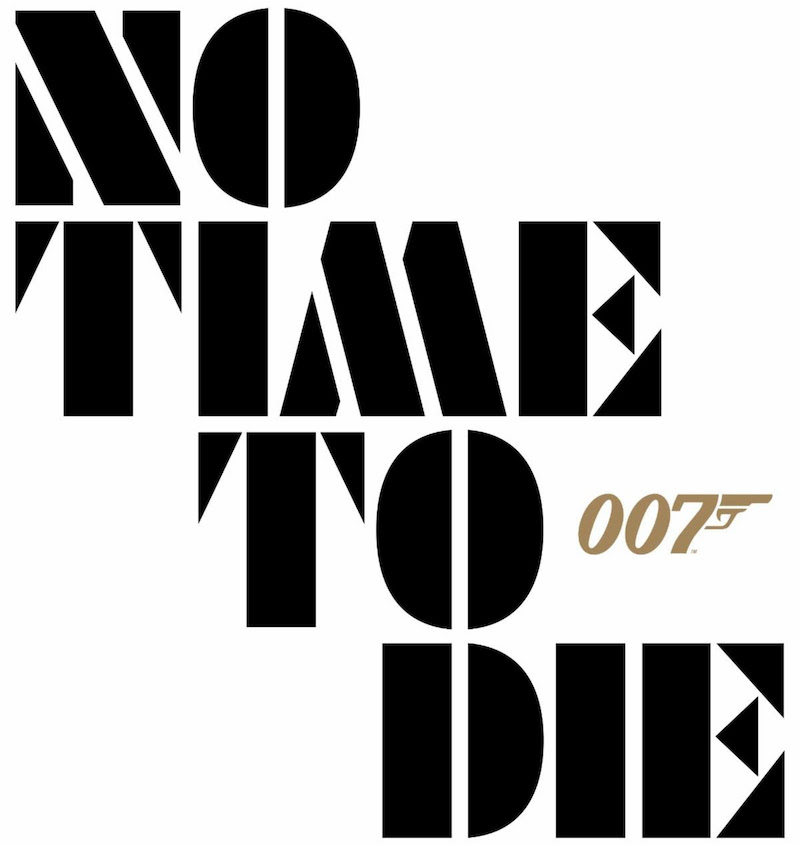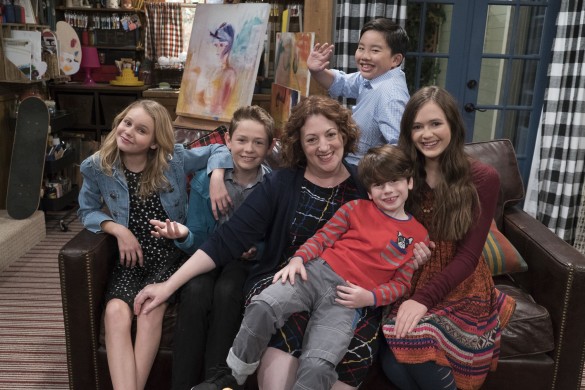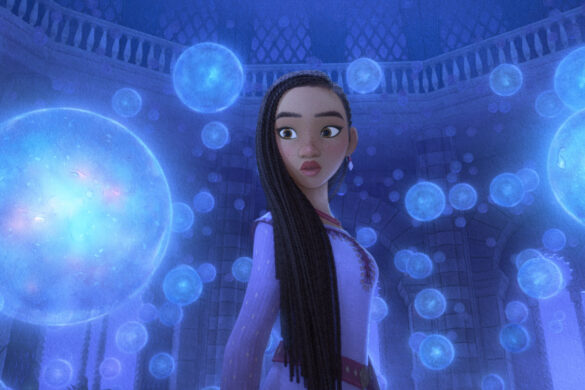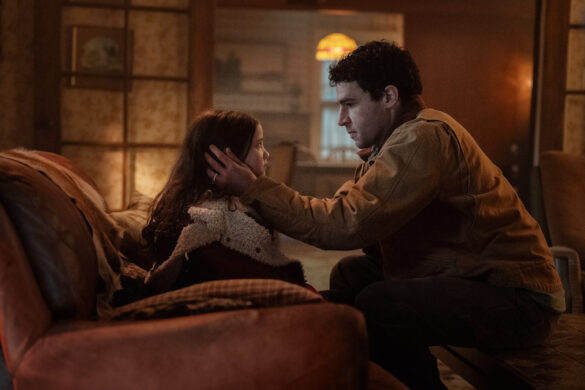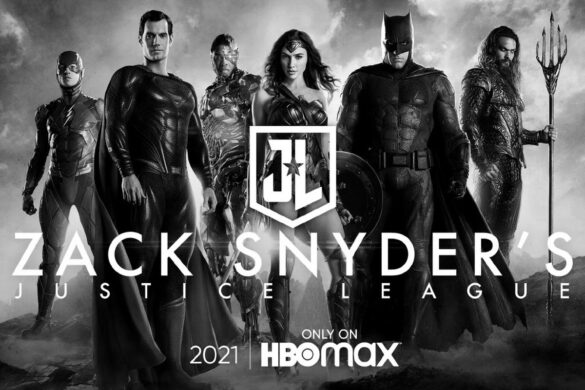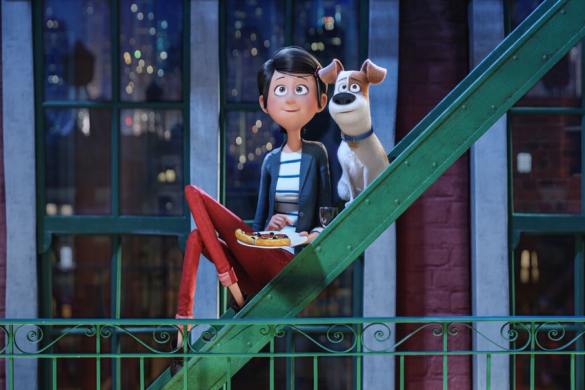If there were two words to describe Cary Joji Fukunaga’s No Time To Die, the 25th installment of the James Bond film franchise, it would be follow-through. That ability to showcase an epic and riveting spy thriller about the iconic cinematic suave British spy from beginning to end isn’t easy, especially since the sequels that proceeded “Casino Royale” have been anything but riveting. So, Craig’s final turn as Bond needed to be a fond farewell to the character. And “No Time to Die” certainly delivers on that front as it makes up for a lot of lost time.
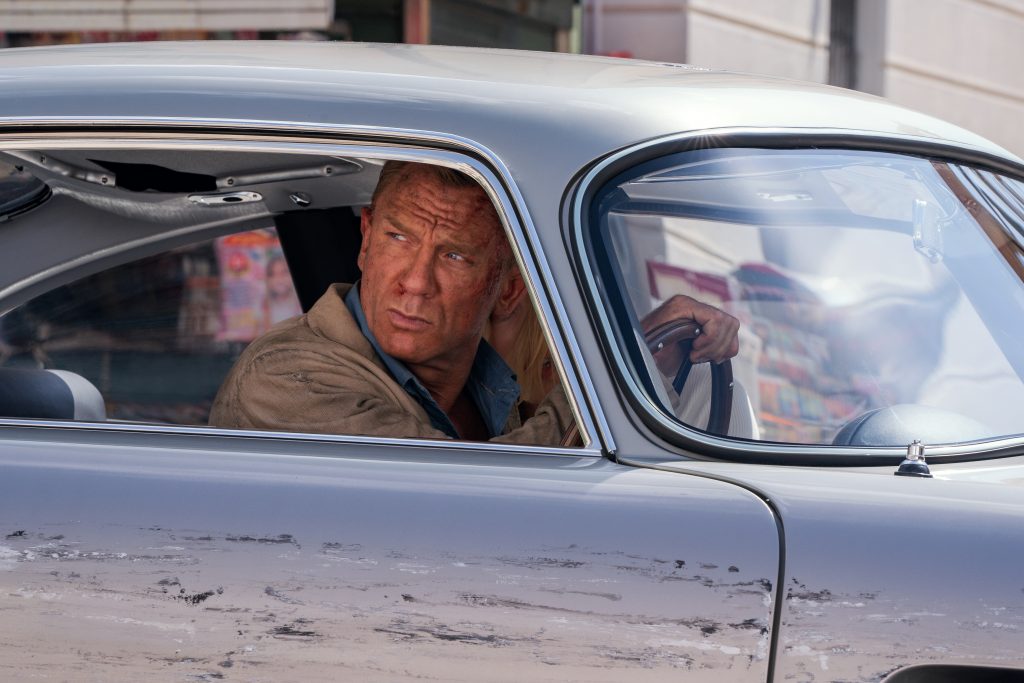
In a way, “No Time to Die” succeeds as a sequel to “Casino Royale” where “Quantum of Solace,” “Skyfall,” and “Spectre” have failed. So much of those films relied on tying everything together in an attempt to tell a fully-formed arc of Craig’s time as James Bond. And it was off to a promising start with “Casino Royale,” which was a hard reboot of the character that’s grounded in reality. The action and Bond, himself, would be gritter and more sophisticated but stay true to what predecessors established. Unfortunately, the sequels lacked clarity, a misunderstanding of the character, no follow-through, and suffered from repetition.
But “No Time to Die” is burdened with relying on the events of the past, as noted by Bond and Madeline’s relationship, questions about previous loves, and Blofeld’s return. While it is not necessary to watch those films, it helps put things into context and better understand how Bond got to this point.
That’s why something like “No Time to Die” comes off as refreshing because it reinvents the Bond formula by taking everything we know and love about the characters and giving it a few new twists while using bits and pieces from the previous films. Some of these twists give fans a new perspective on the character. Others are a bit more technical, which showcases what can be achieved if the right creative team was given the chance to tell Bond’s story.
But when it comes down to it, “Not Time To Die” is one of the most emotionally action-packed installments of the James Bond film franchise. And believe me. It’s long overdue.
Set the events of Spectre, “No Time to Die” finds James Bond (Daniel Craig) trying to live a life of peace and retirement with his new love Madeline (Léa Seydoux). Together, they take a small reprieve in a quiet Italian town. Unfortunately, though, their lives will never be the same now that Bond let Blofeld (Christoph Waltz) live. The Spectre network is so vast that it permeates around the world. And no matter where Bond and Madeline go and no matter how hard they try to let go of the past and bury their secrets, they will always look over their shoulders.
An assassination attempt on their lives would end in failure, but ultimately if they are to survive, they would need to live their lives separated from each other.
Five years later, Safrin (Rami Malek) sends an elite squad to infiltrate a bio-engineering facility to steal a highly sophisticated virus that can specifically kill anyone by targeting their DNA. Though Bond continues to live the life of retirement, he is brought back into the world of espionage when old friend Felix Leiter (Jeffrey Wright) from the CIA turns up asking for help. What happens next turns out to be bigger than any of them expected as uncovers conspiracies, tracheary, and secrets thought long forgotten, as Safrin aims to use his newfound weapon on the world while also exacting his revenge on the very people who scarred him.
Unlike some of the other sequels that came after “Casino Royale” that tried to push Bond to his emotional and physical limits in contrived ways, “No Time to Die” puts that concept to the test as 007 deals with a world where the rules of espionage have changed. Not only that, but his retirement from MI6 made him irrelevant. So much so that they have given his 00 code to Nomi (Lashana Lynch), the newest 00 agent, who carries out her orders dutifully but also isn’t afraid to challenge or threaten her predecessors. But as we all soon learn, not all relics fade away into obscurity. And when Bond returns to the field, the action intensifies, and his emotional fortitude is pushed to the brink.
Though Safrin’s vendetta against those who scarred him and destroyed his family is valid, Malek’s performance as the cold and calculated terrorist can be unpredictable but also a bit underwhelming. The entire thing is one-tone, lacking any spark of life. Though that does make him a worthy adversary as he has nothing to lose when it comes to his fight with Bond, who has more personal connections and relationships that he cherishes more than he likes to admit.
While the film’s lengthy runtime gives audiences the chance to see Bond in a new way before his story comes to an end, it’s also a disservice to some of the other great characters that appear in the film. For instance, one of Bond’s missions to find a scientist takes him to Cuba, where he’s assisted by Paloma (Ana De Armas), a CIA agent fresh out of training – though you wouldn’t notice that by how she handles herself. She is eager to prove her capabilities out on the field. And it certainly shows. But once that part of the mission is over, we never see her again.
But as the film progresses, it starts to feel like the parts are greater than the sum. Individually, those standout scenes, well, they stand out. Spectacular action sequences explode with excitement and put you on the edge of your seat. And when they are set against some exotic locations and production design, it is a sight to behold. Unfortunately, it’s the other parts of the story that doesn’t coalesce as it should. And it’s even harder to track how the character is moving or how the virus operates with specific characters.
Still, it’s clear to see which writers had their hands on the script during specific scenes. In addition to Fukunaga, Phoebe Waller-Bridge, and Neal Purvis and Robert Wade all worked on the script to make Craig’s Bond finale as epic as it can be. To some degree, that worked, as the Fukunaga’s camera work allows us to see the actors be at their best because they’re using a fantastic script. The female characters also shine. This should not come as a surprise, considering that Bridge was brought in to punch up their material. Not only that, the humor works as well– and a lot of the jokes land well, like a “mindblowing” gag that made me laugh harder than I’d like to admit. Also making a reemergence are the classic Bond cars and gadgets—just another part of that signature piece of Bond that we associate with the character.
The surprising part of having multiple writers and a lengthy runtime is that character work is never lost. Not only Craig is putting on an emotional tour de force as Bond, but he is also at his funniest. The funniest he’s ever been since he’s put on the tuxedo. As we get to see his relationships develop or redevelop in some cases, we are witnessing a fully-fleshed-out Bond with the characterization that has plenty of depth. What’s more, the supporting cast gives it their all, especially Lynch, who proves to be more than a workplace match for Bond, who is also a source of some of her frustrations.
Sadly, this is Craig’s final turn. But “No Time to Die” is determined to make sure it is a proper send-off for the actor who has played the role since 2006. Fukunaga uses every minute efficiently to fill the screen with emotion, heart-pounding action, beautiful locations, superb production design. The excellent camera work and lighting also pull you into the world as if you were right there with the characters. Add to that the stellar performances from the cast, particularly Craig, and you’ve gone one heartbreaking farewell.
8.5/10
